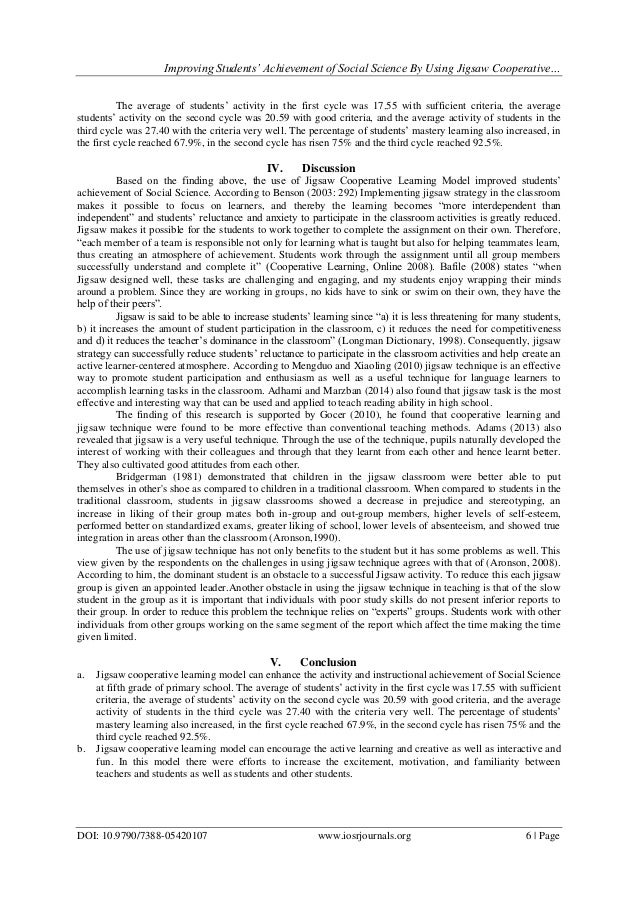By John O’Connor O'Connor is the author of the AASA book. Our charge as school leaders is to radically increase student achievement. The good news is that how we reach that goal is simple. Gothic 1 Pl Torent. If we are going to increase student performance, we must diligently focus our schools on the one critical factor that has the greatest impact on student achievement -- classroom instruction. In fact, decades of research clearly shows that what happens between teachers and students in our nation’s classrooms has the greatest impact on how well those students learn.


Amazon.com: Improving Student Achievement Through Mastery Learning Programs (Jossey-Bass Higher Education Series) (116): Daniel U. Laramie Wyoming Transition Program. Levine: Books. Focus on Learning: Promising Strategies for Improving. To improve teaching through. The program to help raise student achievement in many.
In the educational arena, we have tried virtually every initiative and silver bullet available. We have adopted new programs, restructured schools, realigned organizational charts and spent millions of dollars on quick fixes. In many cases, we have made the solution much more complicated than it needs to be. At the end of the day, the element that must change in order to consistently increase student achievement is instruction. Our goal will not be met if we provide average instruction in some classrooms and even good instruction in others. We must provide GREAT instruction.
Fortunately, there are three simple steps that we can take as school leaders to radically impact student achievement: 1. Build a Common Understanding of GREAT Instruction If great instruction is the answer, then what are the components of great instruction? If you asked that question of every teacher in your school, how many answers would you get? If you got a different answer from every person, isn’t that an extremely inefficient way to move toward great instruction?
What would happen if you asked the same question of every leader in your building? Nataly And Ariel Piperfawn there. Would the principal, assistant principals, department chairs, lead teachers and instructional coaches all have the same answer? Unfortunately, our teachers often have different interpretations of effective instruction because our leaders are providing mixed messages. Truth be told, GREAT instruction includes specific elements.
GREAT instruction is: • Guided by the Curriculum • Rigorous with research-based strategies • Engaging and exciting • Assessed continuously to guide instruction, and • Tailored through flexible groups If we are going to radically improve student achievement, then we must acknowledge that GREAT instruction has non-negotiable elements that must be seen in every classroom. We must develop a common consensus of each element of GREAT instruction across our leaders initially so that we can send clear and consistent messages to our teachers. Change Teacher Practices The knowledge of GREAT instruction, unfortunately, is only the first step toward increasing student achievement. Our teachers must actually provide great instruction. It may sound like the responsibility for increasing student achievement rests solely on the shoulders of our teachers. They certainly play a part, a big part.